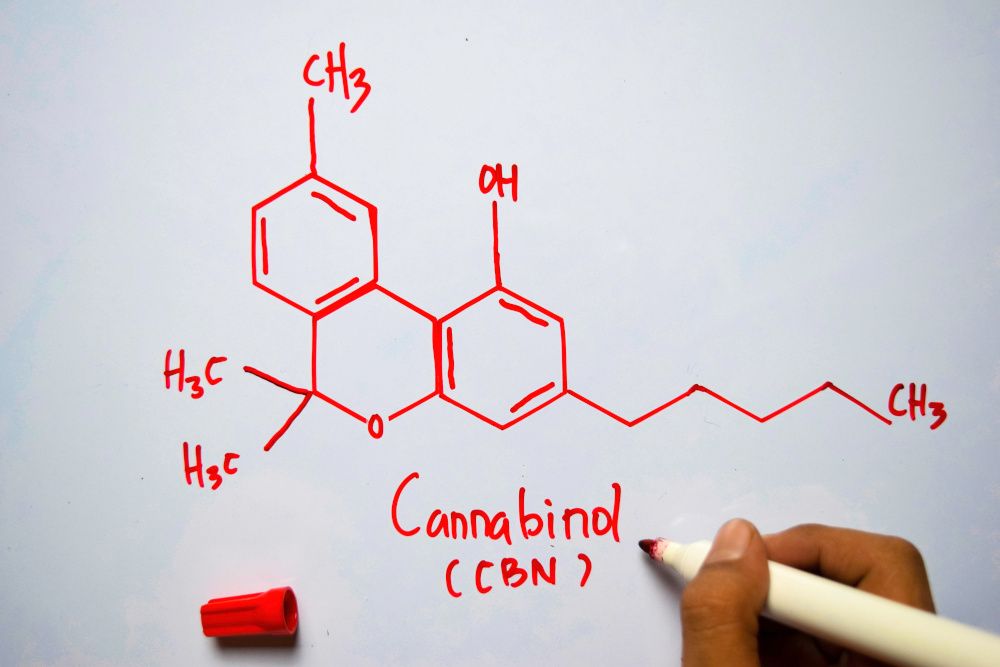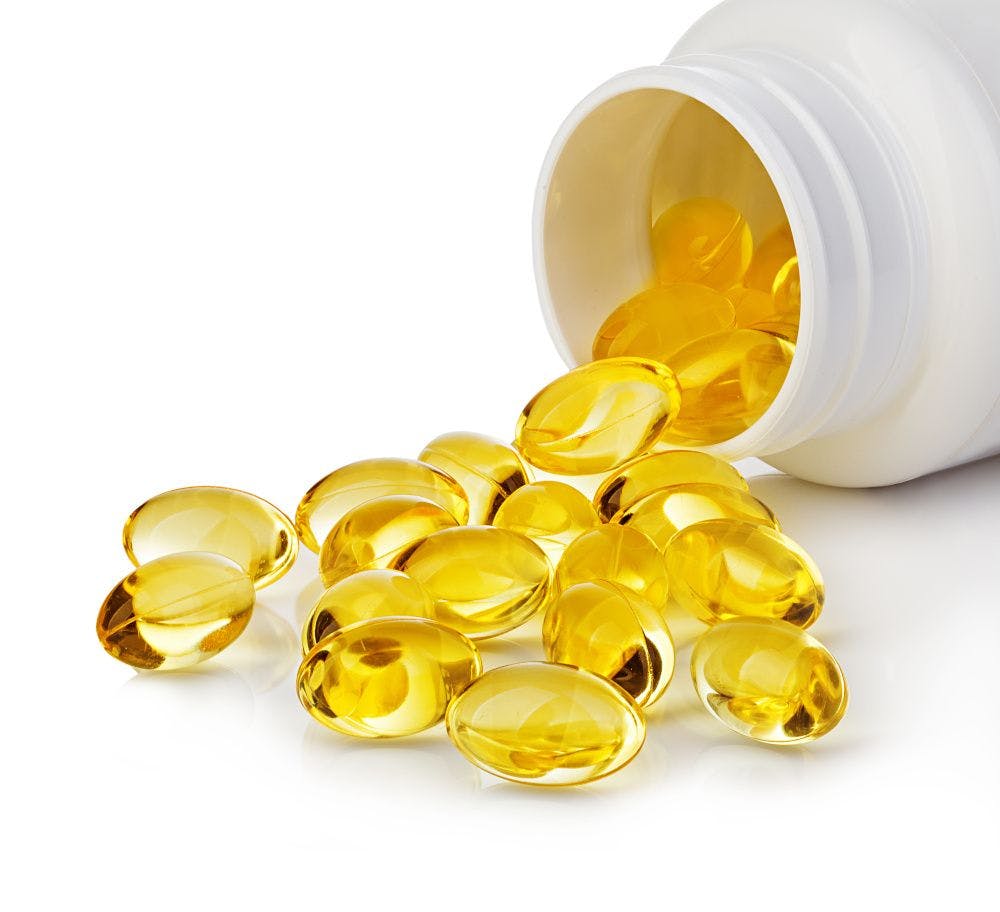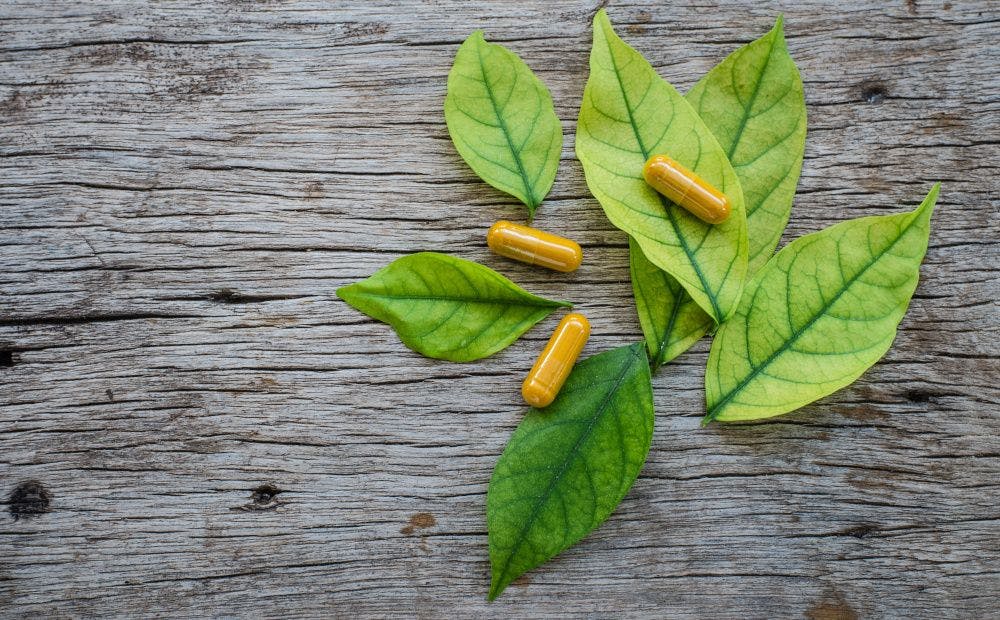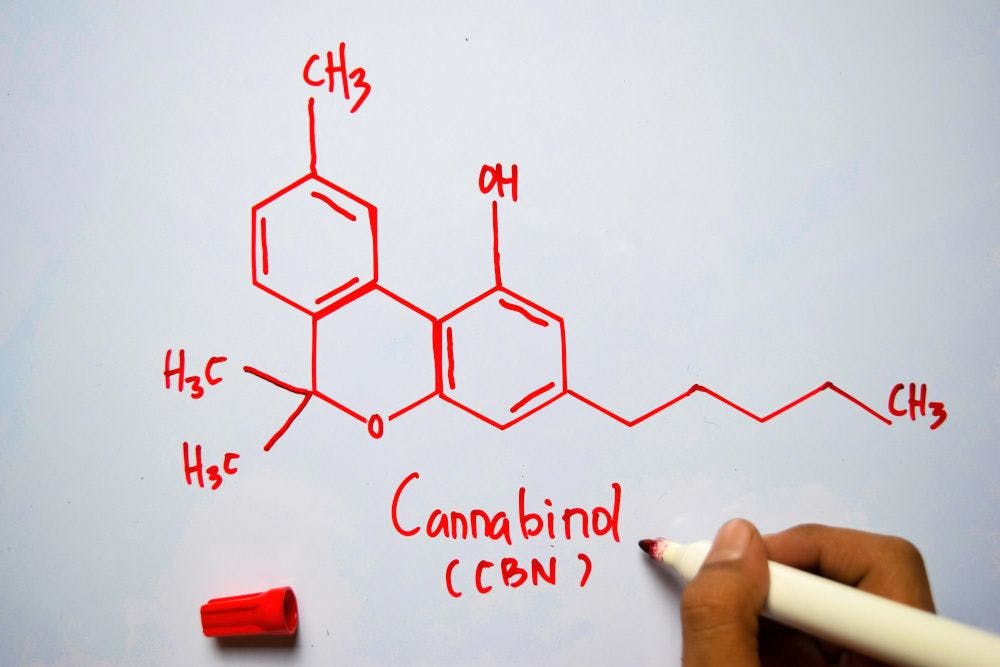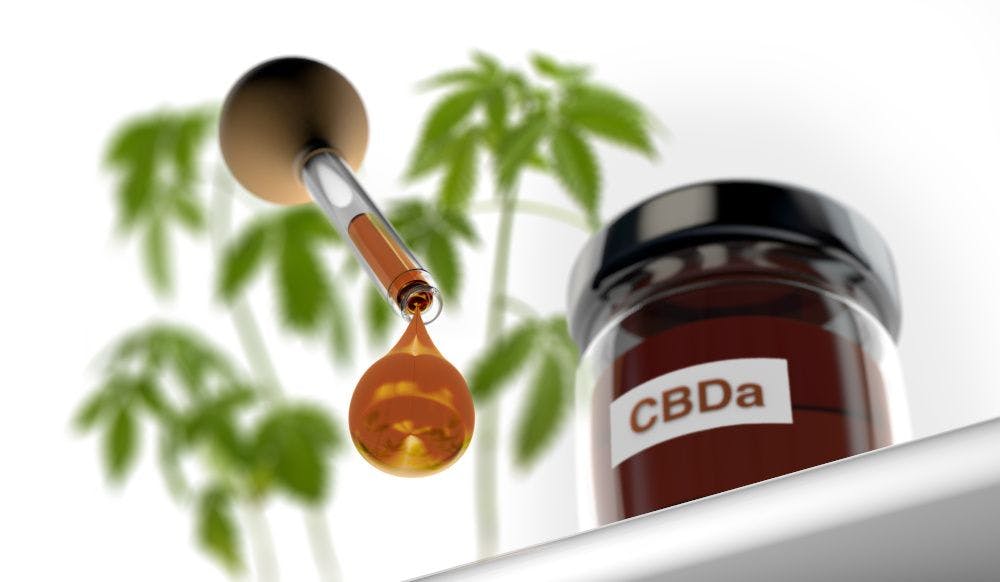Is CBN the next big star in hemp supplements?
CBN is gaining popularity in the hemp world. But is it truly promising?
While C, B, and D are hardly the only letters in the cannabinoid alphabet soup, they tend to eat up the most attention.
That said, research unleashed when the 2018 Farm Bill unleashed low-THC hemp from the Controlled Substances Act is producing intriguing, even encouraging, discoveries about many of the other cannabinoids populating the Cannabis sativa plant.
One of those cannabinoids is cannabinol, or CBN, which is landing on more radars in the halls of science and the public square alike. In response, watchers of the cannabis industry are keeping a sanguine—and sober —eye on its prospects.
Catching Up
“Although CBN has gained popularity recently,” observes Laura Fuentes, compounding pharmacist and cofounder, Green Roads (Deerfield Beach, FL), “there’s much work that needs to be done on its potential benefits, and on educating consumers. Like CBD, it’s one of the many cannabinoids found in the hemp plant. However, they produce different effects, and all are still being studied.”
So if CBD’s effects “far outstrip CBN in popularity and public awareness,” says Mark Ratner, MD, chief science officer, Theralogix LLC (Rockville, MD), perhaps that’s because we simply know more about it.
Based on his own simple PubMed.gov search—which Ratner considers “a good indicator of the state of the science”—the past 10 years have yielded eight human studies involving CBN, while the same period saw fully 202 published using CBD. “In terms of ongoing studies,” he continues, “the ClinicalTrials.gov website lists 108 with CBD, but only two with CBN.”
As far as dosing and the like are concerned, he adds, “We’re far from the point where we can make specific recommendations.” That being the case, his prediction is that “with very little published evidence regarding CBN, whether or not it will ‘take off’ remains unclear.”
From THC to CBN
But that’s not deterring investigators.
Here’s some of what we know so far: CBN typically appears in trace amounts in fresh cannabis. “However,” Ratner says, “it forms via the degradation of THC, so the longer the cannabis is stored, or ‘aged,’ the more CBN will be present.”
In addition to lengthy storage, Fuentes adds, high temperatures also goose THC’s conversion to CBN.
But despite being a product of THC breakdown, Ratner emphasizes that CBN isn’t psychoactive. “It binds only weakly to the CB1 receptor, which is the cannabinoid receptor found in the brain,” and the same receptor the strong binding to which yields THC’s psychoactive effects, he says.
Fringe Benefits
By contrast, CBN binds more strongly to the CB2 receptor found throughout the immune system, thereby exerting immunosuppressive and anti-inflammatory effects, Ratner explains. (As for CBD, he adds, current evidence suggests it binds directly to neither of these receptors, acting instead through “other ‘cannabinoid-like’ receptors”—namely, TRPV-1, PPAR alpha, and others.)
Researchers are also investigating CBN’s possible impact on glaucoma, Fuentes continues, “and the possibility that it acts as a neuroprotectant.”
But where she sees the juiciest potential is in the sleep sphere. The thinking, she explains, is that because CBN is a THC breakdown product, “it’s good for sleep.” Combining it with CBD even appears to heighten “the sense of relaxation and aid in getting a more restful night’s sleep,” she says.
That’s one reason she believes consumers “love” Green Roads’ Sweet Sleep oil, formulated with CBD, CBN, and melatonin. “Our Sweet Sleep oil is a unique blend designed to help calm a busy mind before bed,” she says. And if that’s not enough, she adds, the sweet blackberry flavor clinches the deal.
Hard to Hold
While such products are charting new territory for this cannabinoid, its relative rarity in hemp could pose obstacles to more extensive commercial development.
“There’s no set amount of CBN found in the hemp plant compared to with CBD,” Fuentes points out. “Every cultivar, or ‘strain,’ has different amounts of all cannabinoids based on its particular genetics.”
What’s more, the small quantities present in currently available cannabis strains render it costly as an ingredient, particularly relative to CBD, Ratner says. “However,” he continues, “if studies start supporting its benefits, it’s possible that cannabis growers may start selectively breeding higher-CBN strains.”
Down the Road
Until then, further hurdles remain. For one, “There’s simply no published data on either safety or efficacy for CBN,” Ratner says. And though its propensity for binding the CB2 receptor suggests immunosuppressive and anti-inflammatory effects—great for, say, arthritis—“too much chronic immunosuppression may increase the risk of infections or cancer,” he cautions.
The upside: It’s legal—more or less. “As long as the delta-9 THC content is under 0.3%,” Fuentes says, “there’re no restrictions from a federal level on the sale of products containing CBN. But state to state, regulations differ regarding hemp products as a whole.”
Then there’s its “unclear” status with FDA, Ratner adds. “Technically, it hasn’t been approved as a ‘new dietary ingredient,’” he says, “nor does it appear that a GRAS dossier has been submitted on its behalf.” What’s more, with Pure Green Pharmaceuticals (Inkster, MI) conducting a clinical trial of a product that combines CBD and CBN in tablet form, any investigative new drug (IND) application the may have filed “could cloud CBN’s regulatory approval as a dietary supplement,” he says.
But Fuentes remains undaunted. “A year from now—even five years from now—we’ll have gathered much more research on the efficacy, side effects and possible drug interactions for CBN,” she predicts. “And positive findings will likely lead to many more CBN products hitting shelves.” That’s certainly her and Green Roads’ bet: As she confidently declares, “We’ll be releasing more products with CBN soon!”
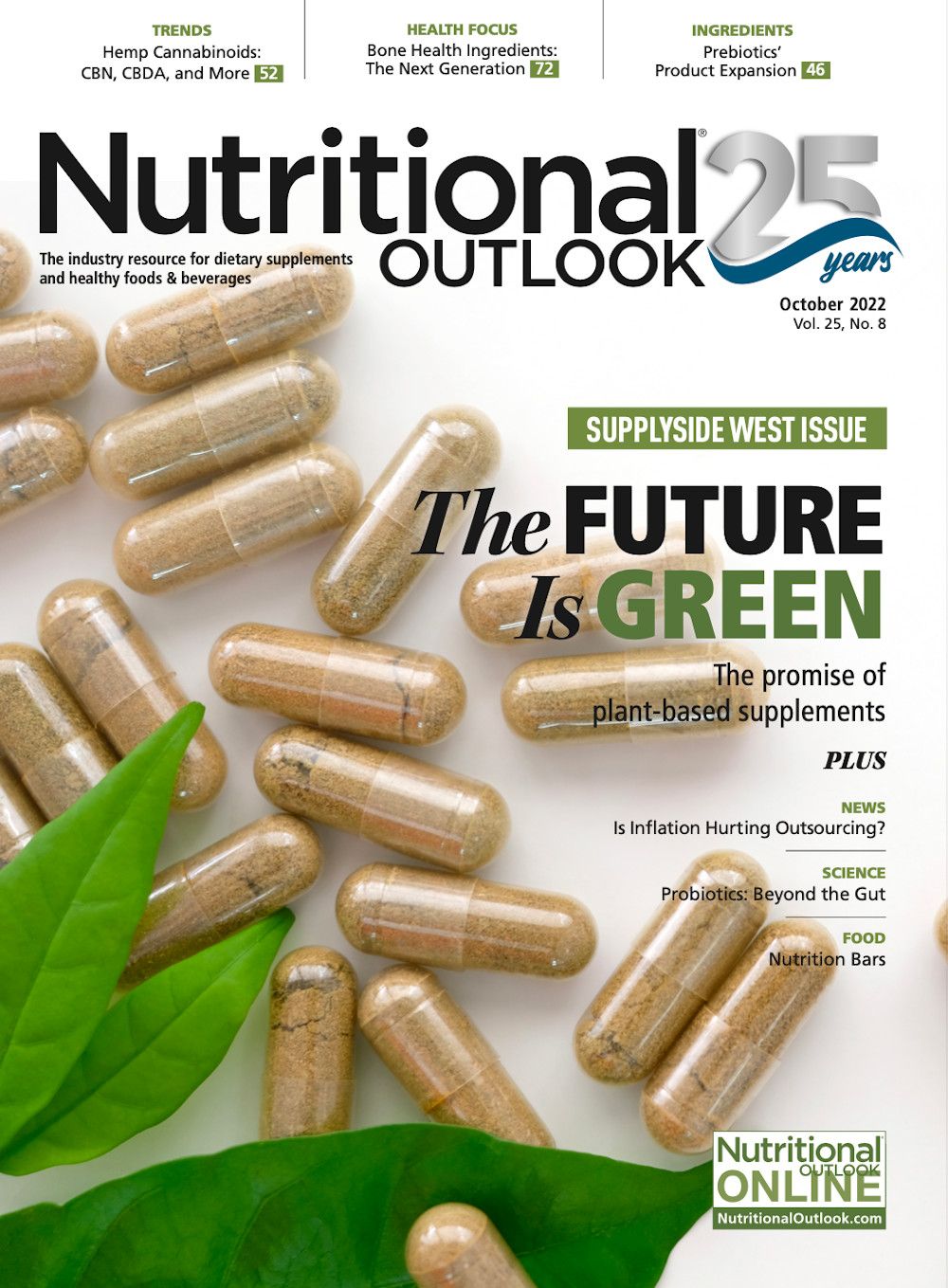
HHS announces restructuring plans to consolidate divisions and downsize workforce
Published: March 27th 2025 | Updated: March 27th 2025According to the announcement, the restructuring will save taxpayers $1.8 billion per year by reducing the workforce by 10,000 full-time employees and consolidating the department’s 28 divisions into 15 new divisions.


